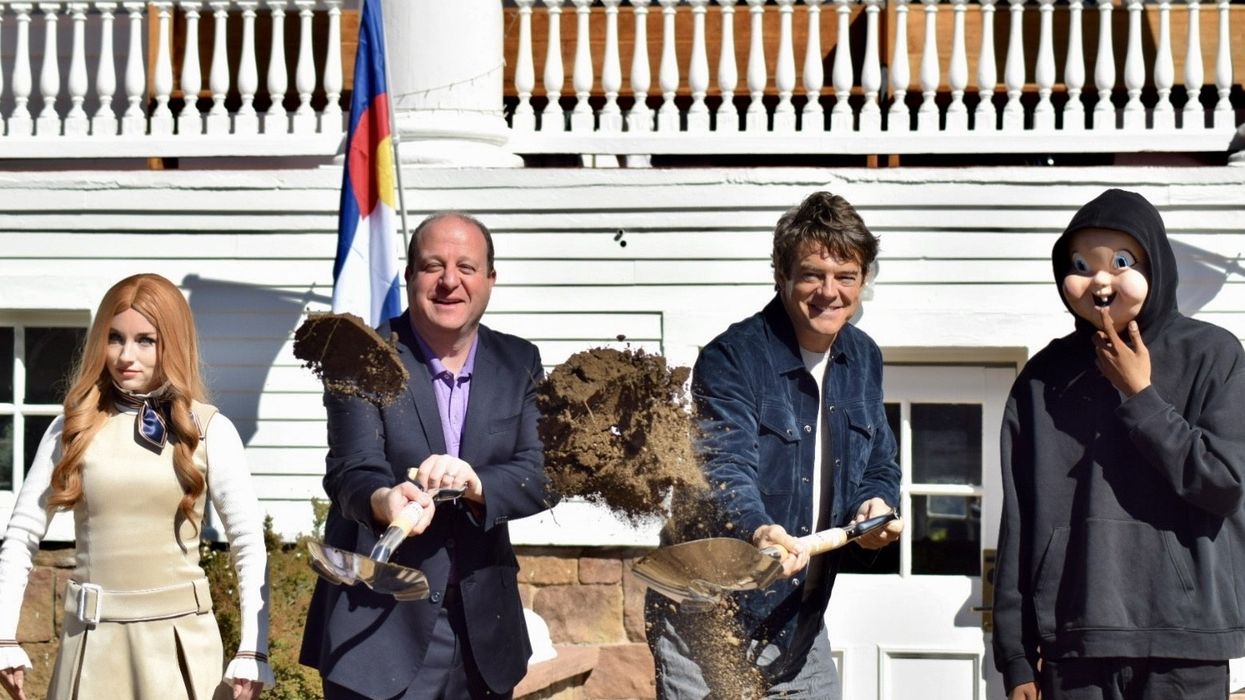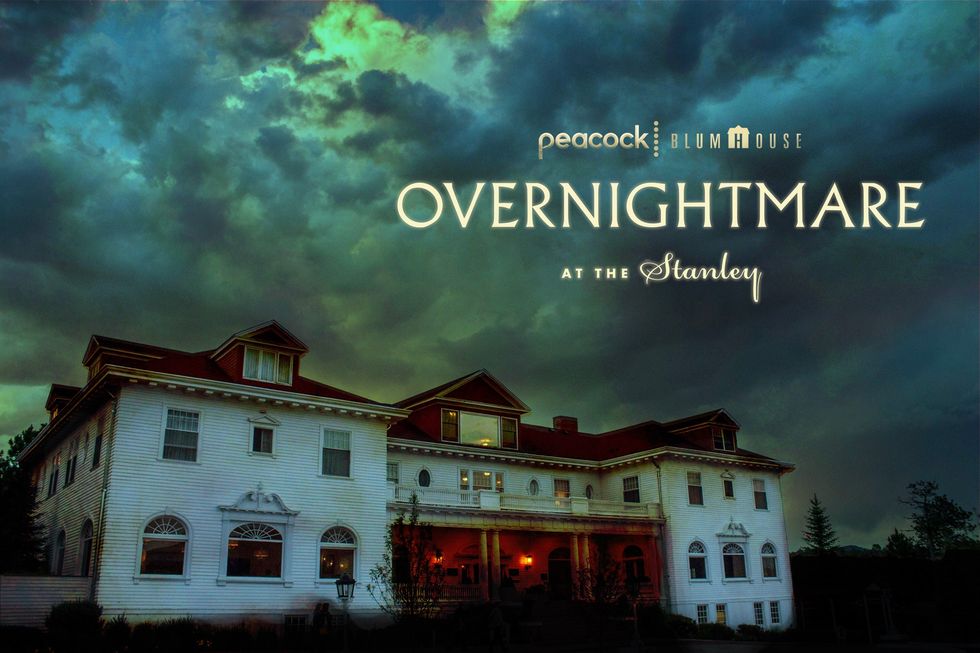The Creative Core, a leading visitor experience designer for museums, heritage and culture, is celebrating the shortlisting of Derby's new Museum of Making as a finalist for Art Fund Museum of the Year 2022 – the world’s largest museum prize.
The Museum of Making explores and celebrates Derby’s 300-year history of making and innovation on what is thought to be the site of the world’s first factory at Derby Silk Mill.
The Creative Core worked alongside the team at Derby Museums to design and co-produce the new museum with local communities, leading a series of workshops and activities that let Derby residents shape the museum they wanted to see for the future.
By empowering visitors and communities in the design, Core looked at ways the museum could inspire real-world change beyond the gallery.
A key innovation was using the museum’s vast collection of over 30,000 objects to spark genuine curiosity and creativity in people – giving them a space to develop new skills through direct interaction with made objects. Responding to this challenge, Core designed the open-storage Assemblage gallery which invites visitors to find, access and curate their own individual objects journeys.
Displaying collections differently
The Creative Core team worked with schools, businesses and communities in Derby to co-create the Assemblage, taking a radical new approach to object display and interpretation.
“Our guiding principle in designing the Museum of Making was that visitors and communities decide what they want to see, do and learn about,” says Core director Jim Parkin. “The Assemblage is a great example of that principle in action.
“People wanted the see the museum’s entire collection out on display – that’s over 30,000 objects! Not only that, but people wanted the freedom to find and access objects that interest them, inspire them, or mean something special to them.”
Talking about how the team approached this unique task, creative director Nichola Ward says:
“We designed ways of displaying the collection en masse, with objects on racks, on shelves and in drawers, a bit like an open museum store. We wanted to maximise access to the collection for visitors, but also establish a framework for future collecting, research and documentation by the museum.
"We’re really proud of the result, which is deeply practical but also draws visitors in visually.”
Sparking new connections
“Just as important was how we organised the collections,” explains lead designer Barry Yearsley. “Visitors need to find what they’re looking for, so traditional ways of sorting objects by chronology, theme and ownership are less helpful. Instead, we came up with a new way of arranging objects by material type and method of manufacture, which seems so obvious, but turned out to be a really clever innovation.
"Fundamentally, what this does is spark new and unexpected connections between objects made in common at different times, by different people and for different purposes.”
“The real fun of the Assemblage is creating your own journey of discovery”, says interpretation coordinator Adam Knowles.
“Visitors can use digital stations to generate customised object trails, printed on a till receipt or sent straight to your phone. With this, you can navigate the Assemblage and find the objects that most interest you. You can even fill in the blanks about an object you know something about, adding to the database and helping the museum understand more about its collections.”
“It’s a place for everybody,” adds Ward. “Whether you want to have a rummage through loads of objects, or curate your own trail, or have a go at making something yourself at one of the workstations – the Assemblage has it all.”
The Museum of Making is the second project designed by the Creative Core to be shortlisted for the Museum of the Year prize. The company celebrated the Thackray Museum of Medicine reaching the final in 2021. Competition judges have cited the strong community elements of both projects as reasons for their shortlisting.
The winner of the Art Fund Museum of the Year award will be announced on 14 July.
Images © Christ Seddon Photography / Derby Museums
Charlotte Coates is blooloop's editor. She is from Brighton, UK and previously worked as a librarian. She has a strong interest in arts, culture and information and graduated from the University of Sussex with a degree in English Literature. Charlotte can usually be found either with her head in a book or planning her next travel adventure.
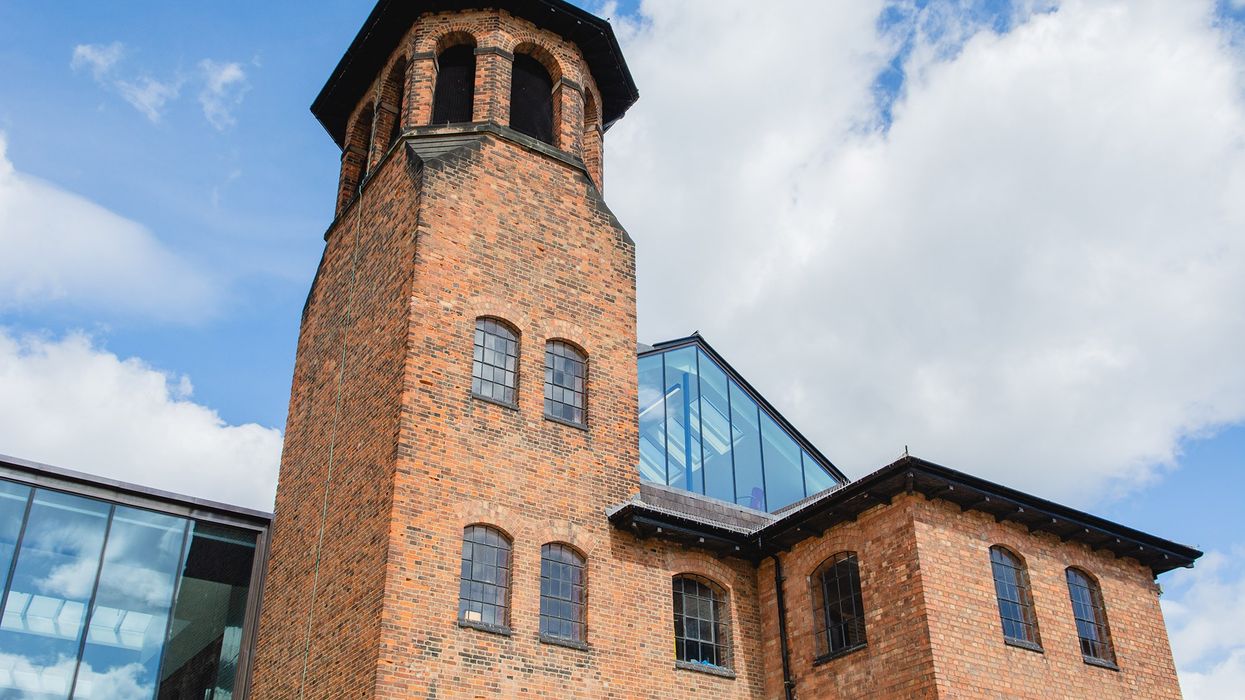

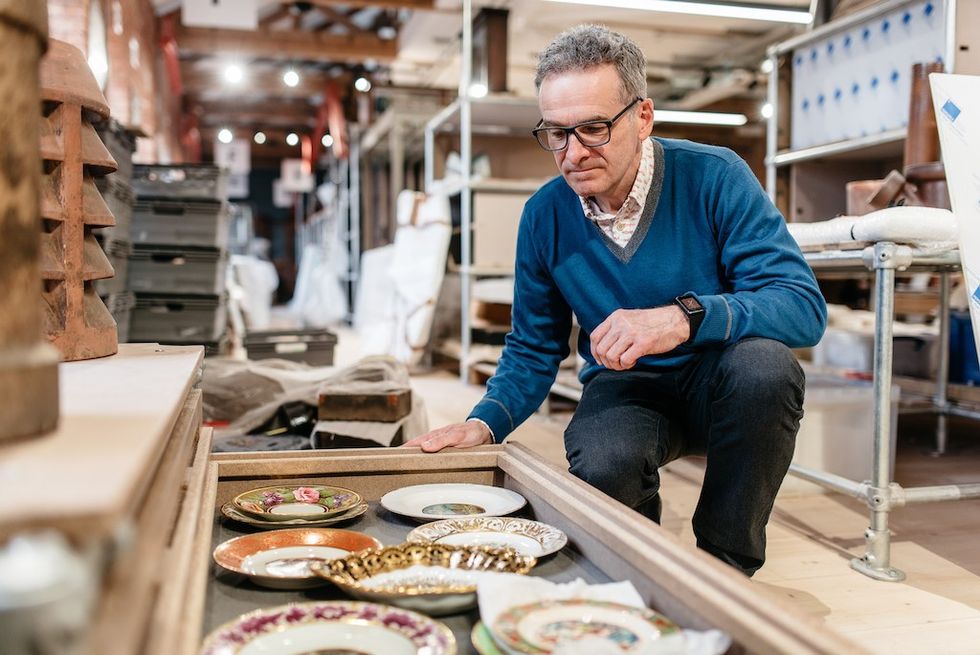
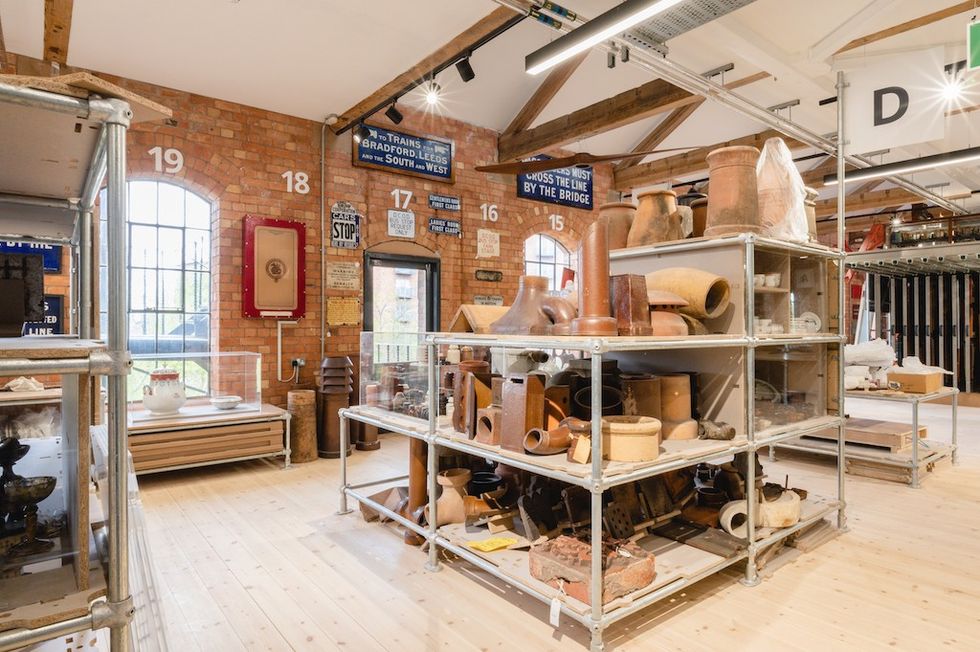
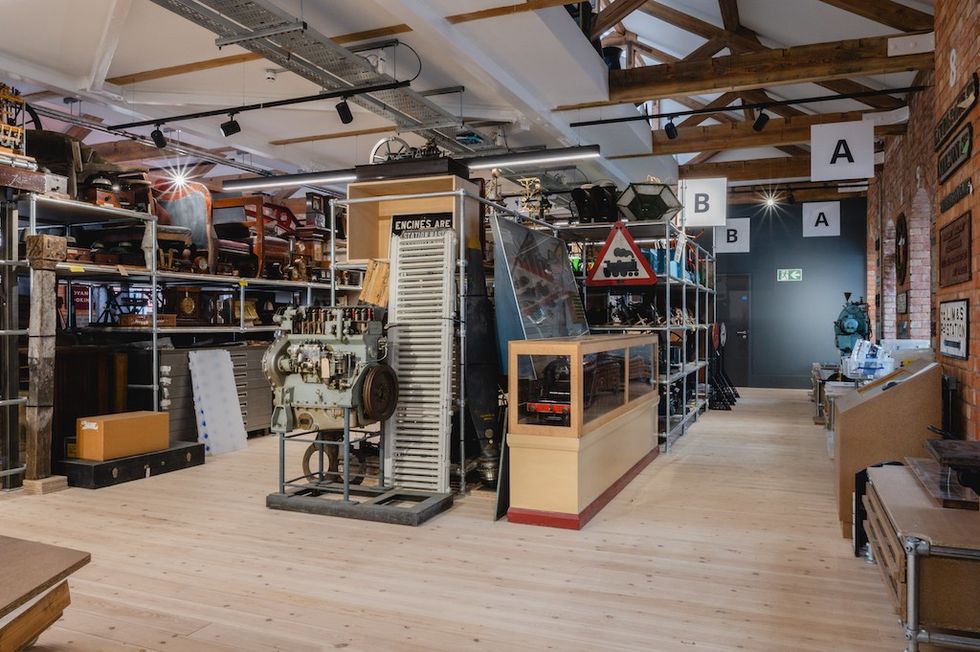
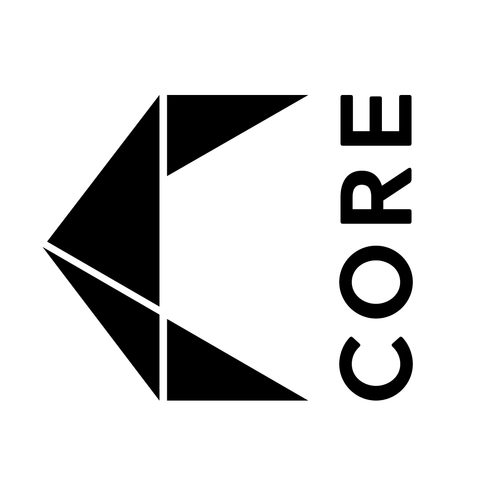
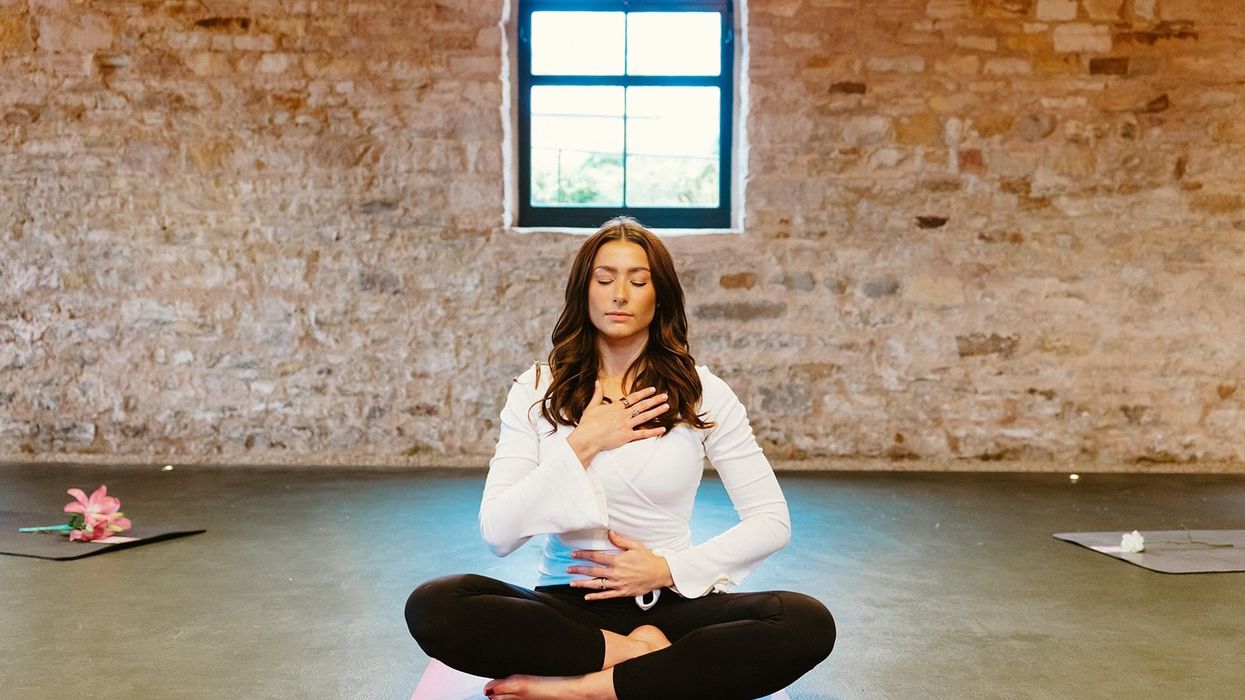


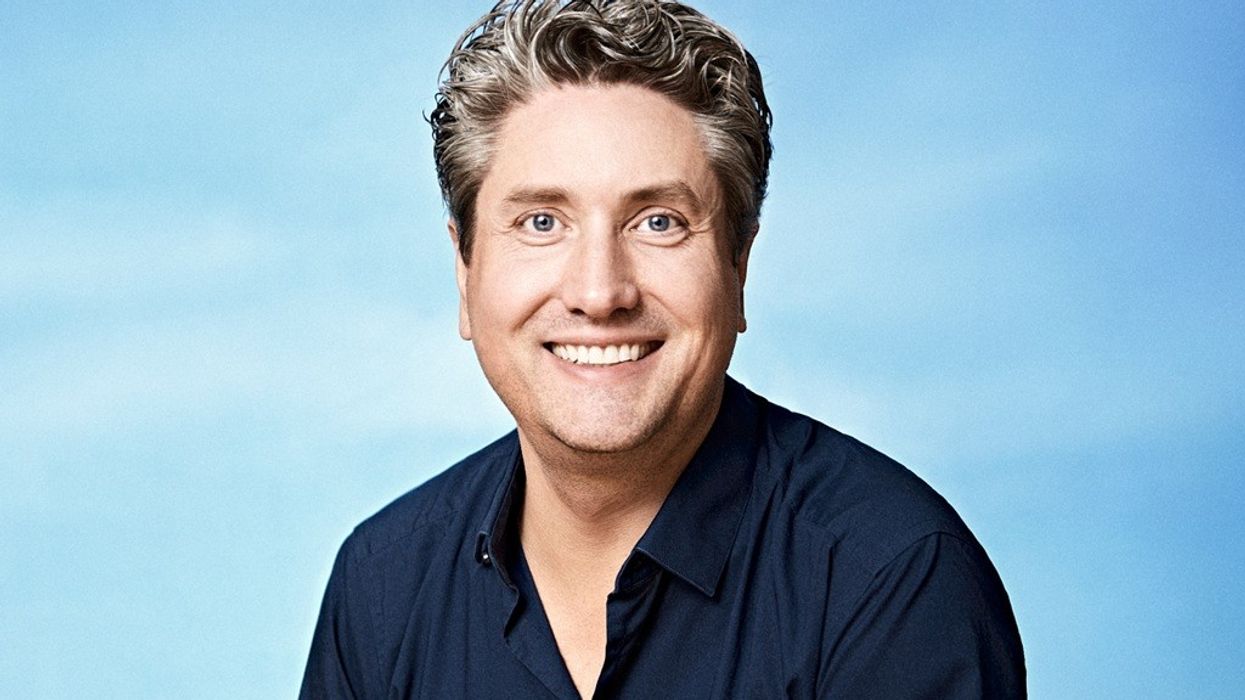
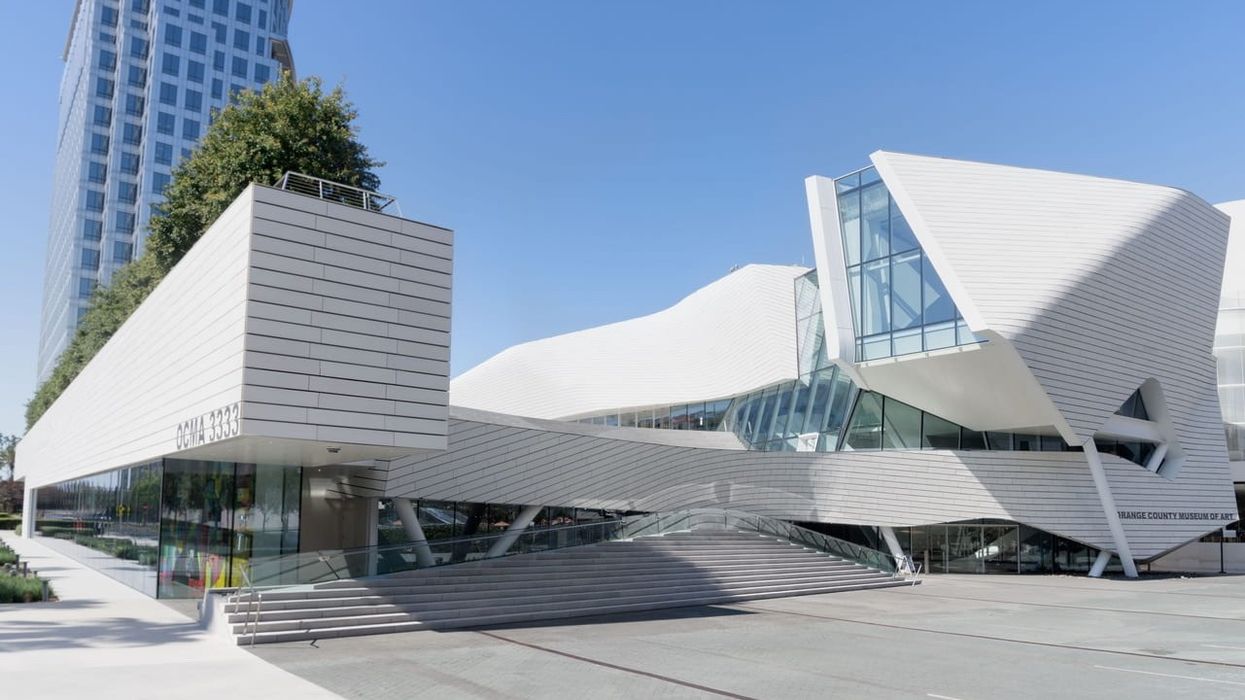
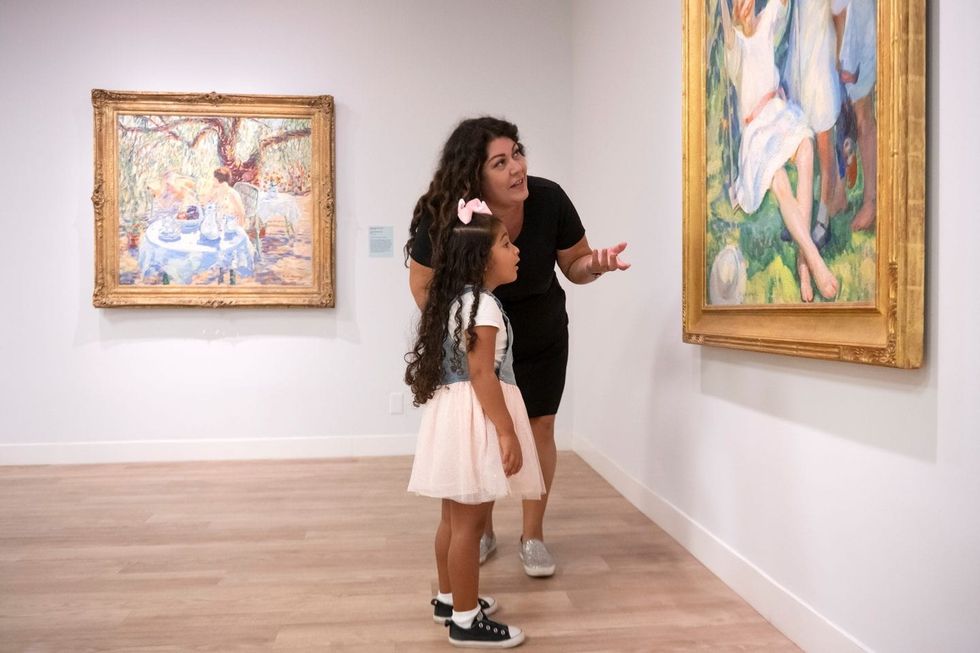
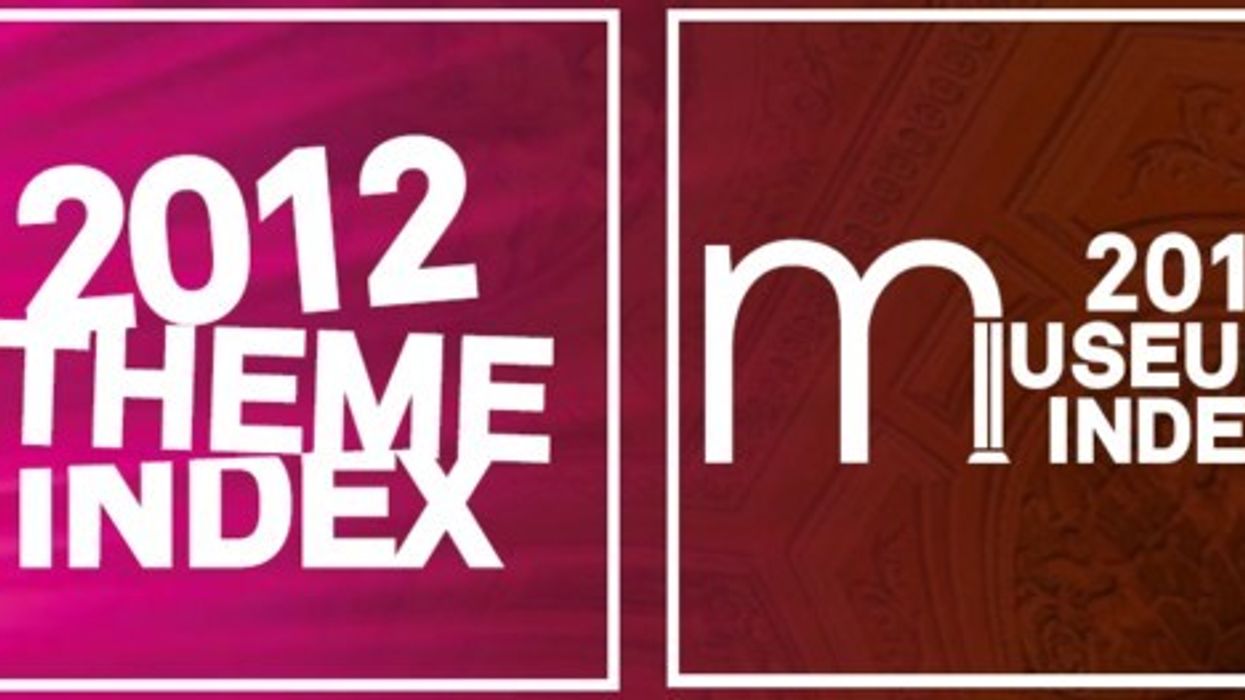
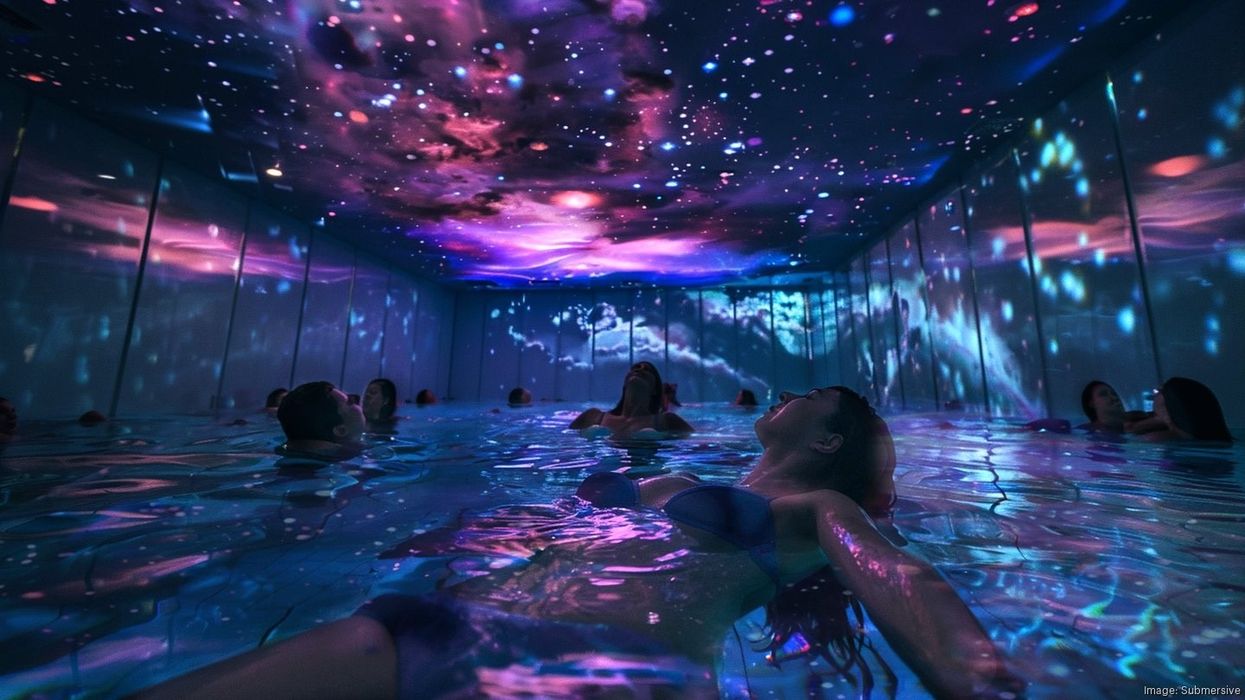




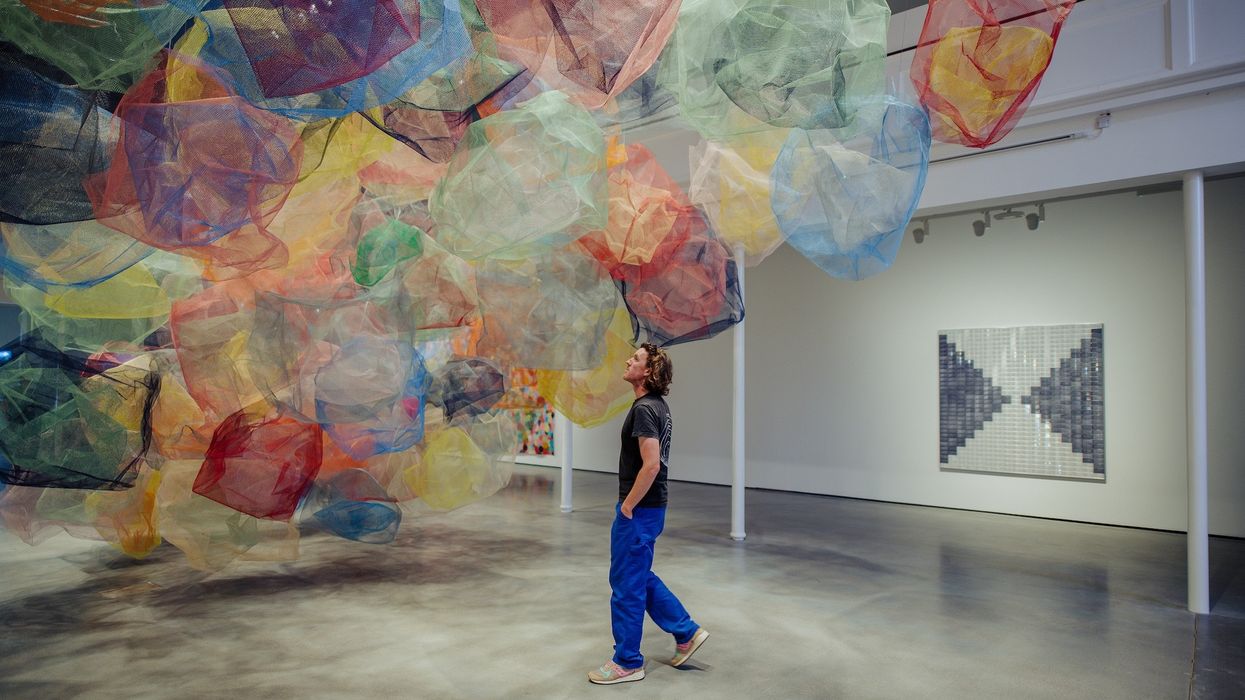
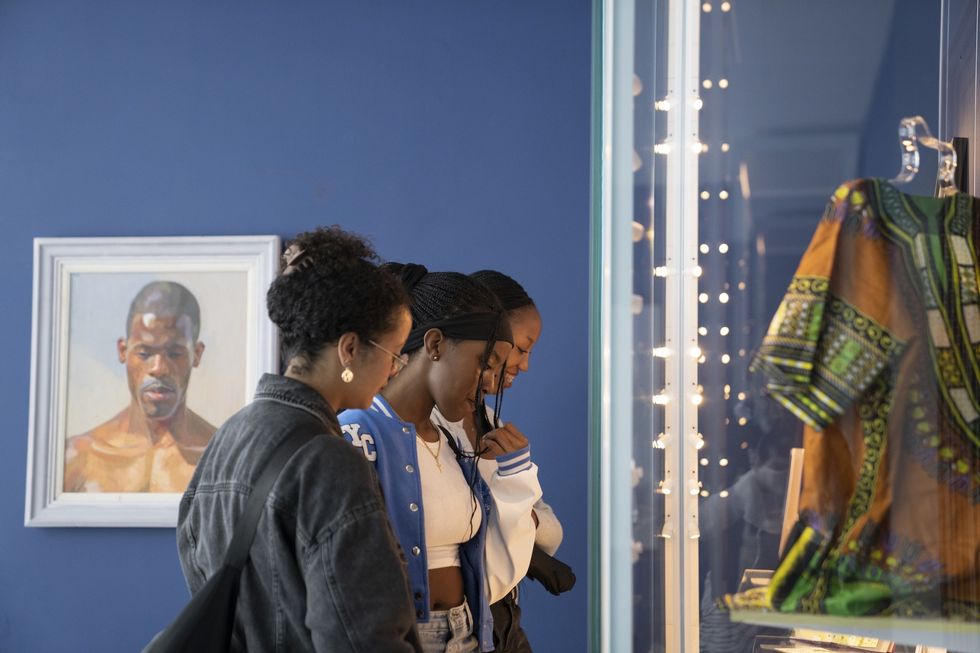
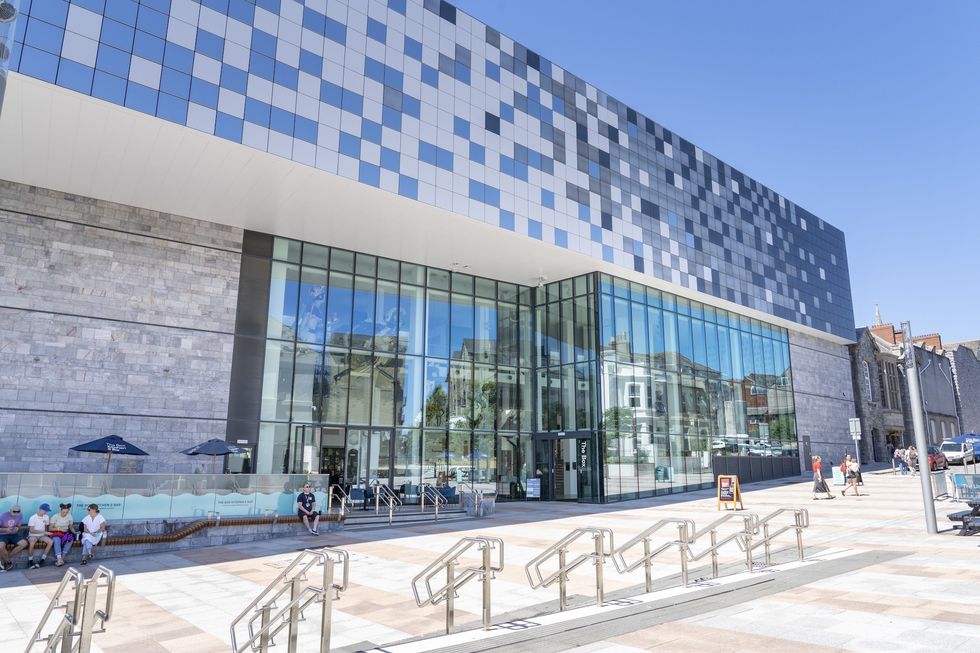
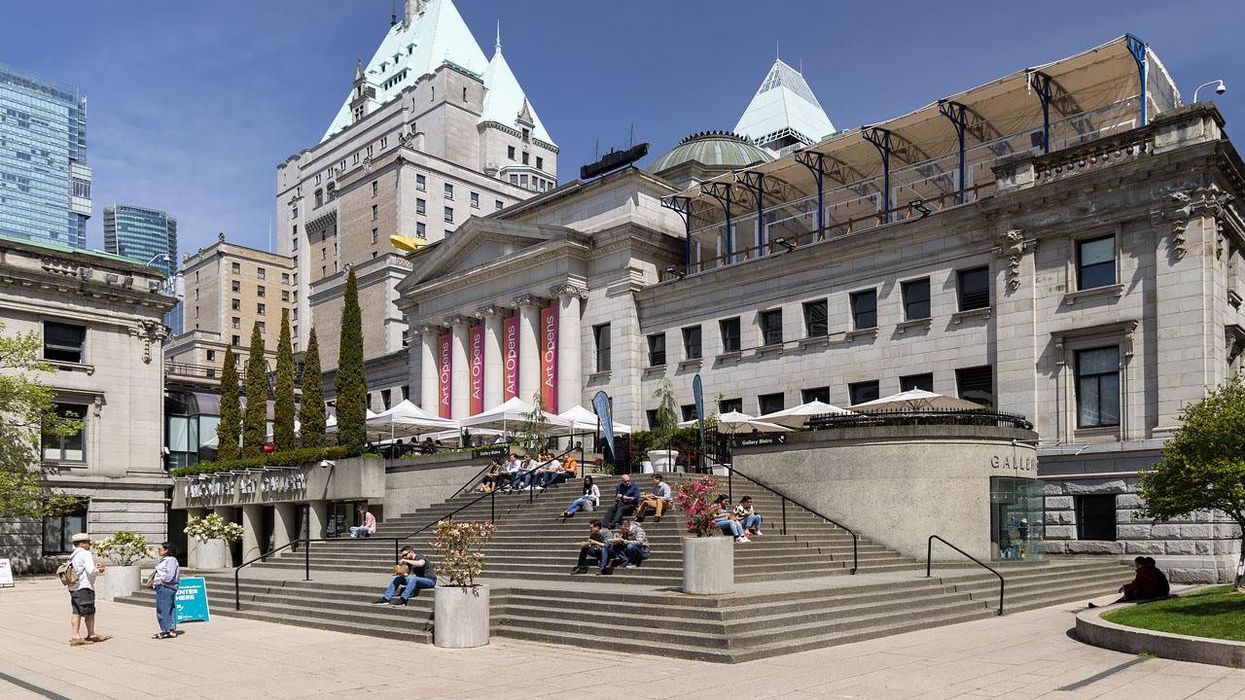
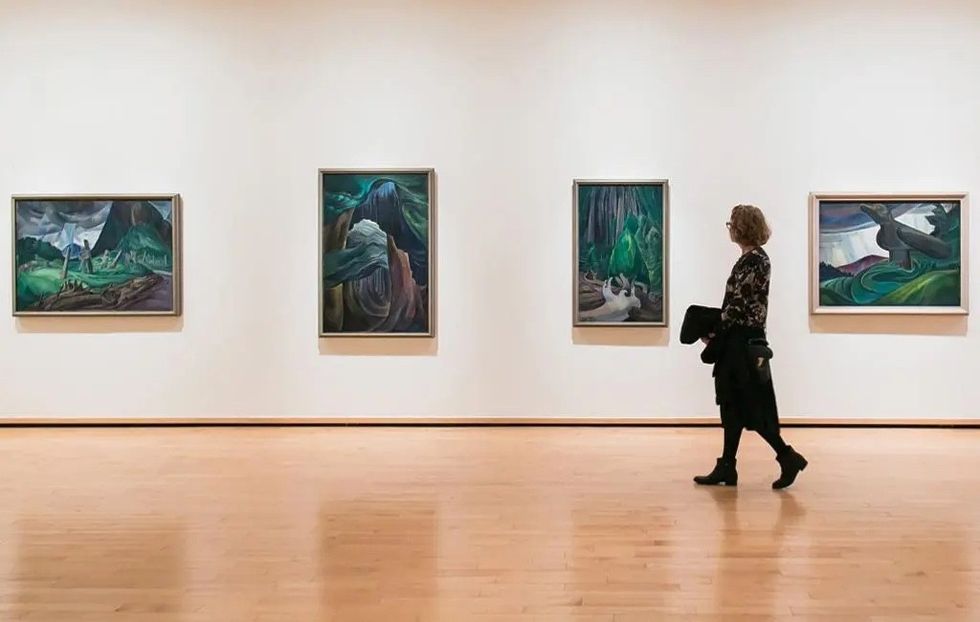
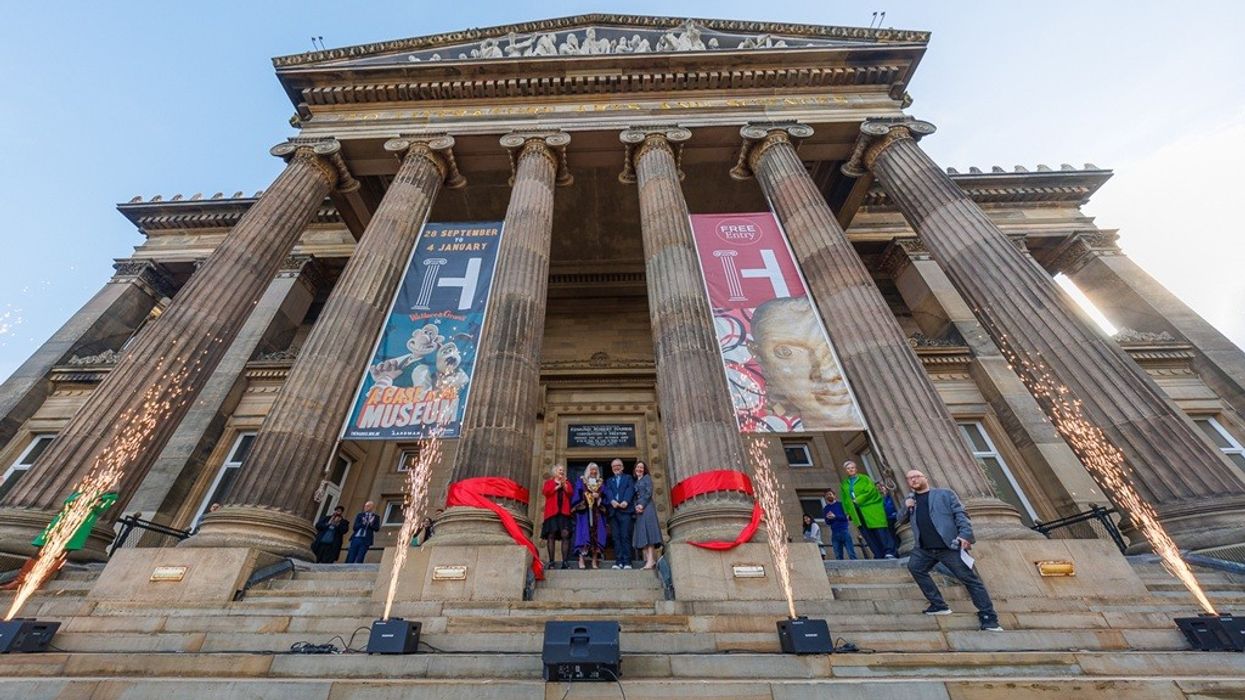
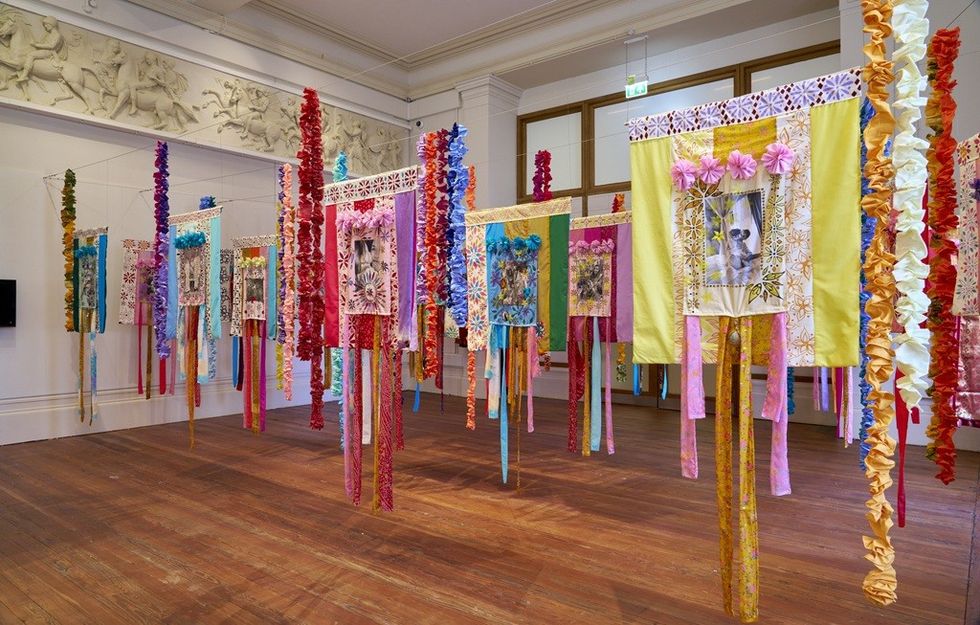 Courtesy Simon Critchley Photography
Courtesy Simon Critchley Photography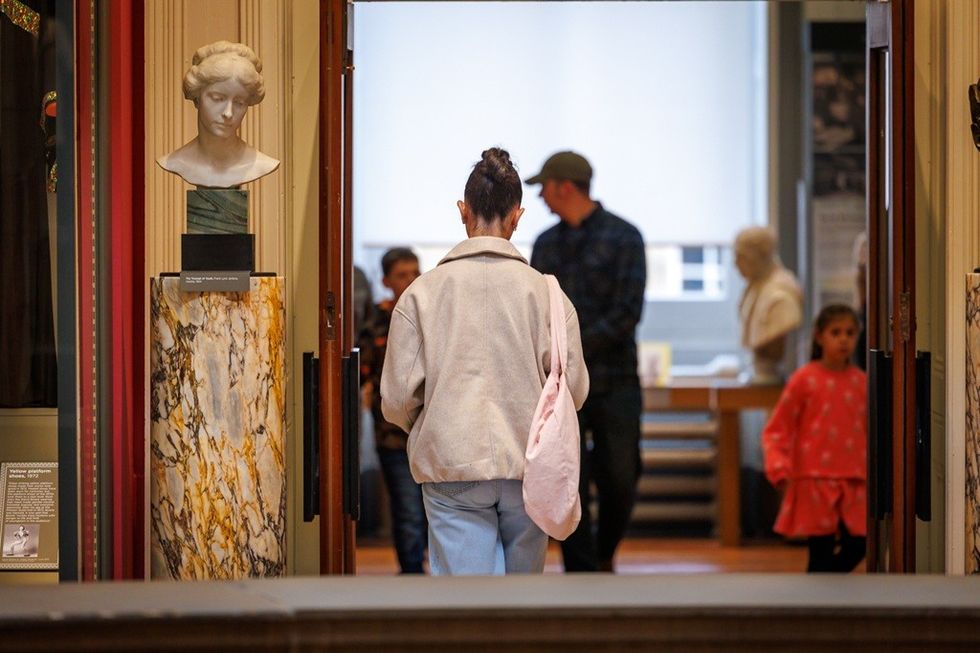 Courtesy Michael Porter Photography
Courtesy Michael Porter Photography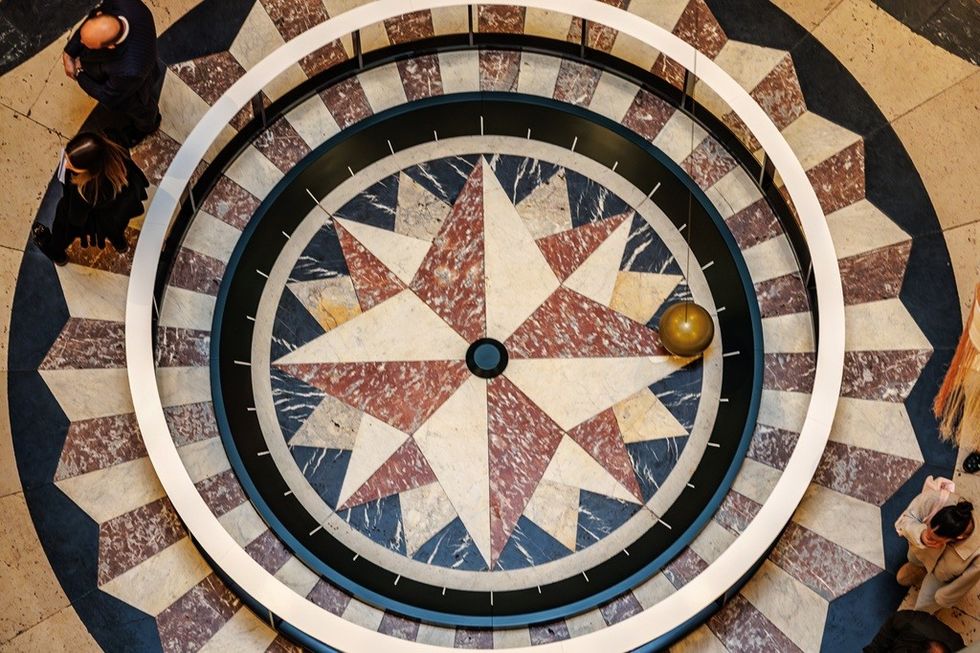 Courtesy Michael Porter Photography
Courtesy Michael Porter Photography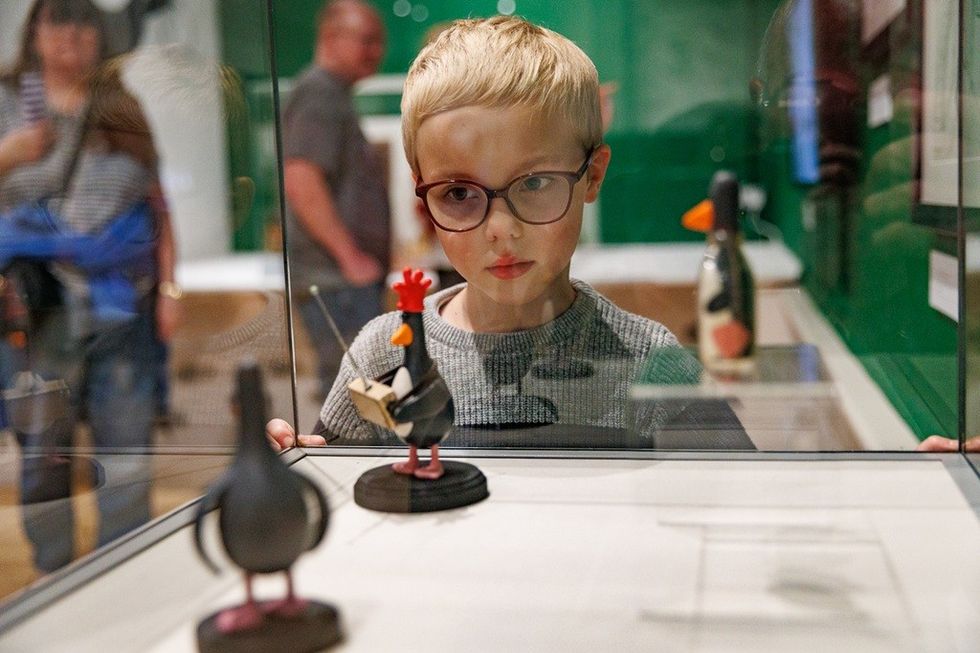 Courtesy Michael Porter Photography
Courtesy Michael Porter Photography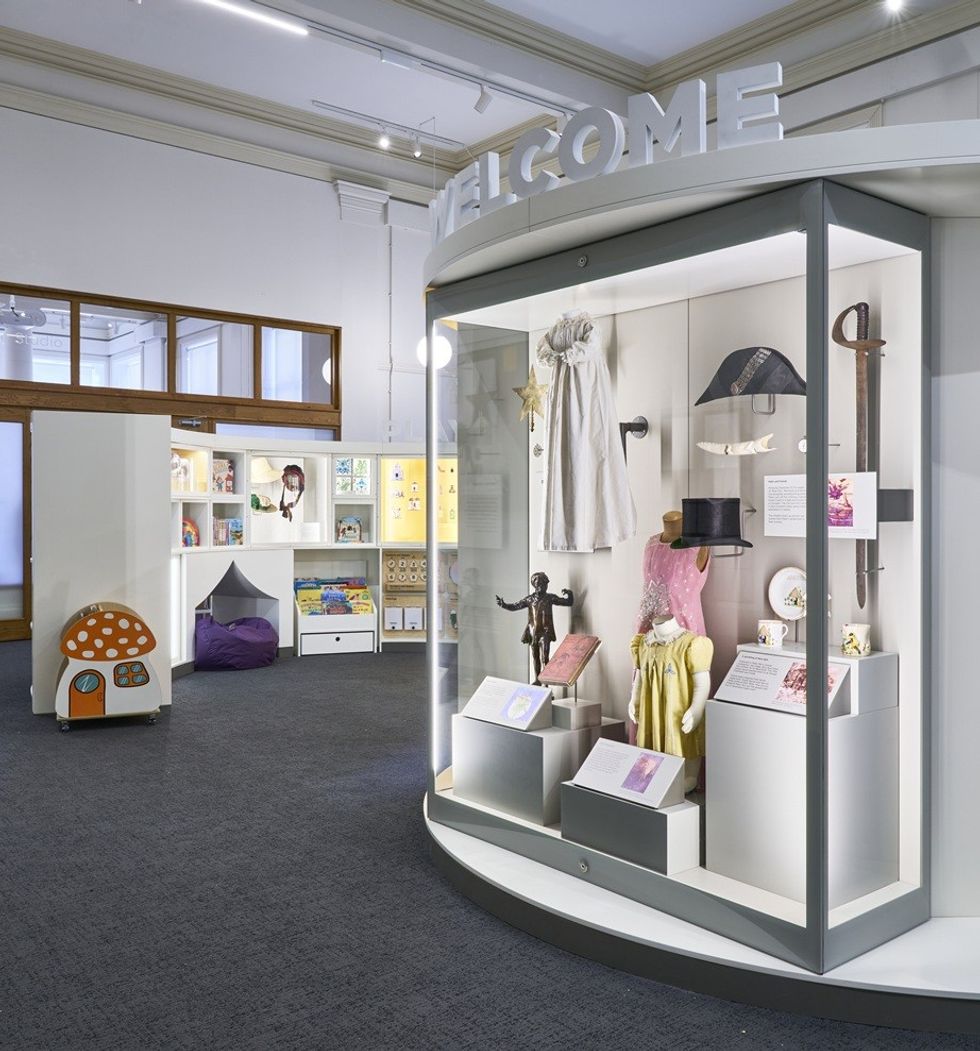 Courtesy Simon Critchley Photography
Courtesy Simon Critchley Photography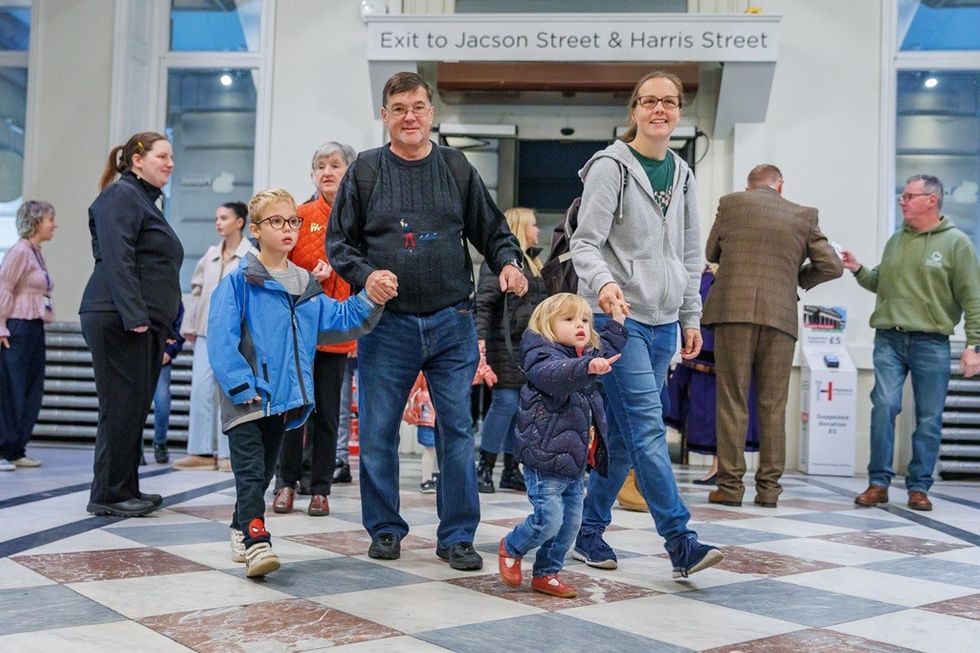 Courtesy Michael Porter Photography
Courtesy Michael Porter Photography